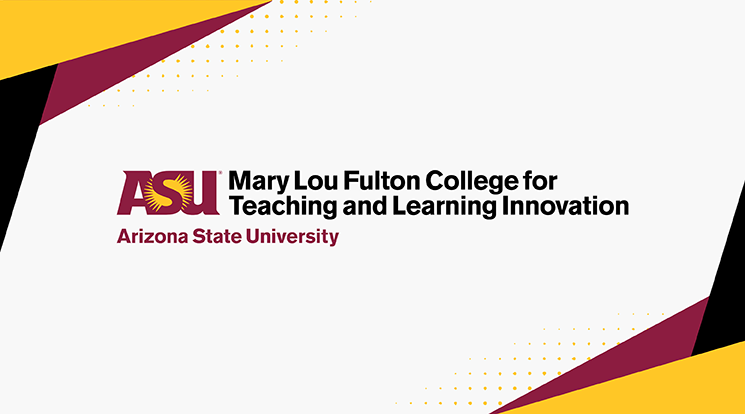The Mastercard Foundation Scholars take on Resilience in Action

Like most things this year, the Mastercard Foundation Scholars reception looked a little different. This year’s theme, Resilience in Action, was nothing less than fitting.
Over Zoom, 47 scholars shared their very personal projects that they worked on over the summer. Overall, nearly 200 people, from multiple continents, joined the event.
Housed and managed by Mary Lou Fulton Teachers College, The Mastercard Foundation Scholars Program is a comprehensive scholarship program that educates and prepares young people — particularly from Africa — to lead change and make a positive impact in their communities.
Director of Mastercard Foundation Digital Initiatives Yeukai Mlambo says, “As expected, the presentations were of high quality and provided a snapshot into understanding how our scholars are using their opportunities for learning to engage with problems that are aligned with their career goals and overall mission of transforming the African continent and the world.”
There were eight category sessions: biomedical engineering, biomedical engineering and mechanical engineering, mechanical engineering, civil engineering, global logistics and mechanical engineering, materials science engineering, electric and electrical engineering and biomedical engineering, and global logistics.
Though the event was invitation-only, two scholars shared their enlightening research with us.
Scholar: Joseph Tamakloe, Phase II, cohort 7
Major: Master of Science, Materials Science and Engineering
Presentation title: Making Portable and Less Expensive LED-Based Spectrometer to Analyze the Quality of Fruit
Spectrometers, instruments used to measure a continuous variable of a phenomenon where the spectral components are somehow mixed, are quite expensive, costing up to $5,000. Tamakloe’s goal was to create a cheaper and portable version that would be equivalent to the higher-end ones.
Tamakloe says the inspiration behind his project was the fact that fruits suffer greatly from post-harvest loss. In total, he built six spectrometers using eight different LEDs with different wavelengths, and used the mobile app, Blue Fruit, to operate the spectrometer. Tamakloe measured apples, avocados, lemons, limes, mangoes and watermelons, and was able to learn the quality of each fruit. He plans to market the device for $20 or less.
Scholar: Jude Osei-Bonsu, Phase II, cohort 7
Major: Master of Science, Civil Engineering
Presentation title: Textile and Fiber-Reinforced Concrete
Textile and fiber-reinforced concrete is a type of concrete in which the conventional steel reinforcing bars are replaced by fiber and textile materials. Instead of using a metal cage inside the concrete, this technique uses a fabric cage. Osei-Bonsu and his team of four used glass fiber, Kevlar, polypropylene, polyimides, carbon and polyvinyl to create his textile and fiber reinforcement beams.
Along with his team, Osei-Bonsu visited the site of the Salt River Project where they prepared the form work for the beam cast, observed the pouring of the fiber-reinforced concrete, cured the cast samples and ultimately tested them in the lab. Three types of beams were used: only fiber, fiber and steel, and plain concrete — each was tested for flexural strength.
This type of concrete has many advantages, says Osei-Bonsu and his team. It is light in weight and makes construction faster, reducing the risk of injuries during construction. The flexible fibers also make design flexible and increase concrete tension and strength in flexure.
Because it’s thin, cost-effective and lightweight, textile and fiber-reinforced concrete can be used to create many different types of structural components. The crack control of this type of concrete is better than steel-reinforced concrete, and in some cases, can self-heal.
Read more about The Mastercard Foundation Scholars Program.